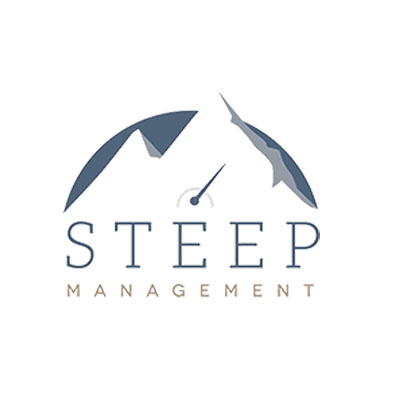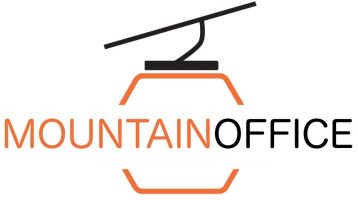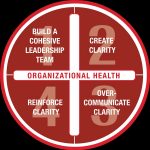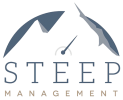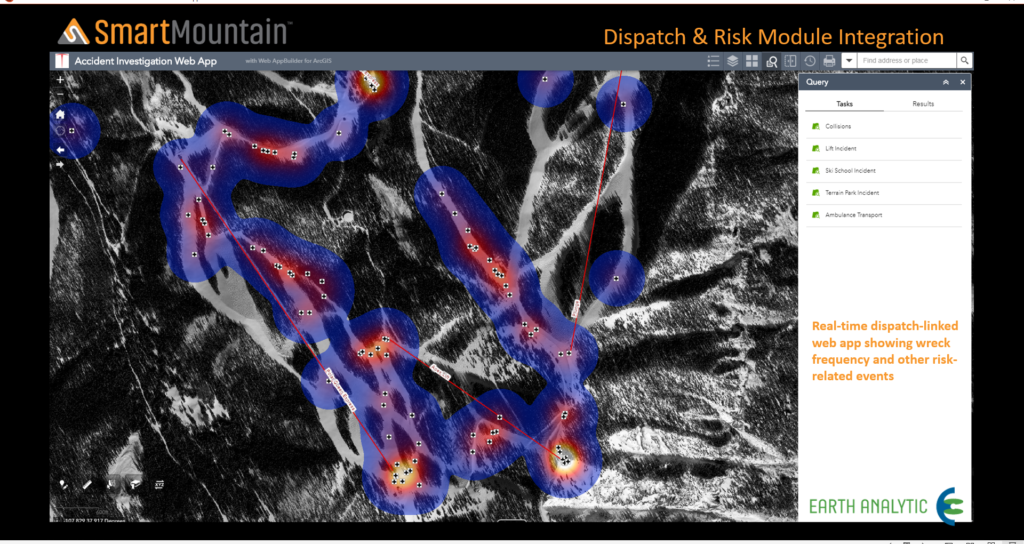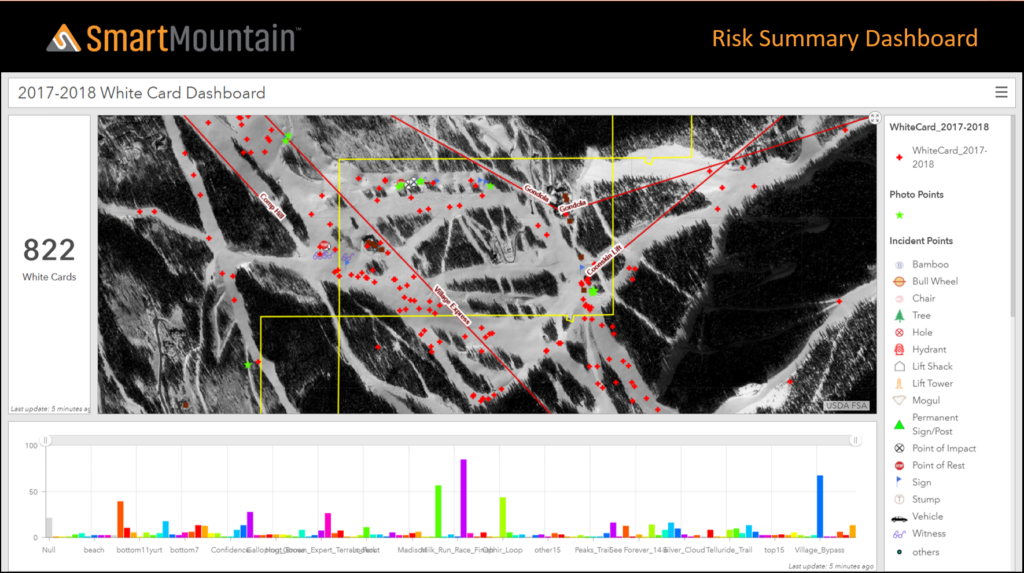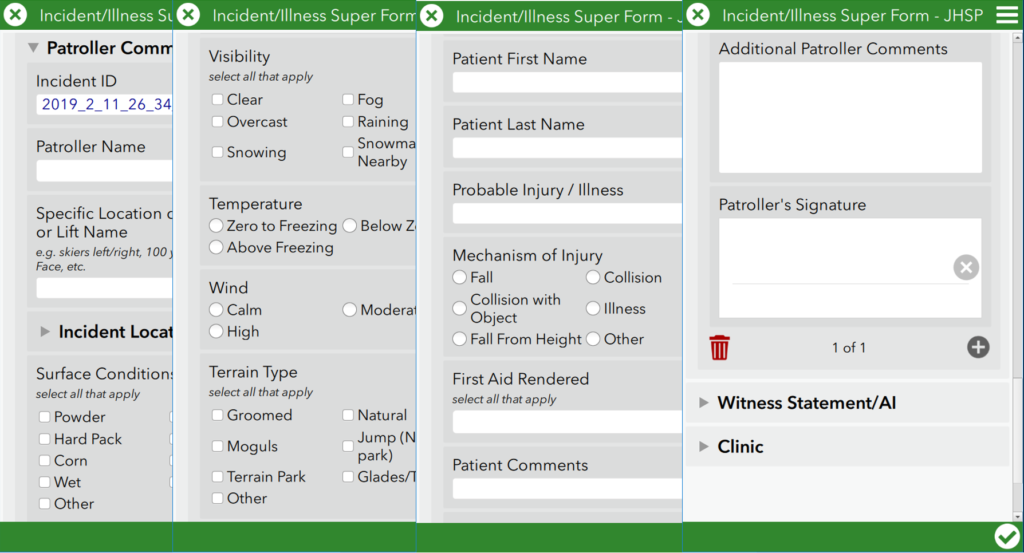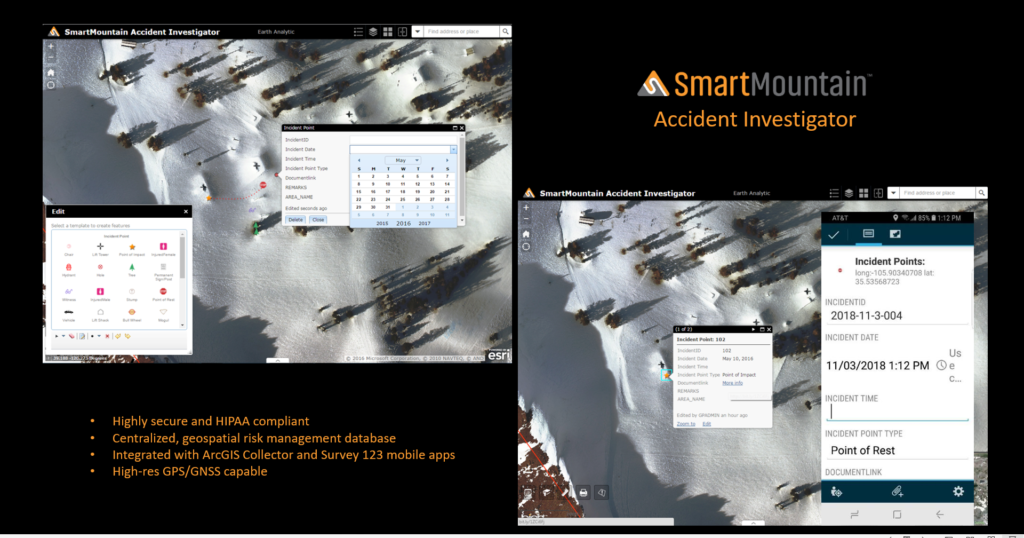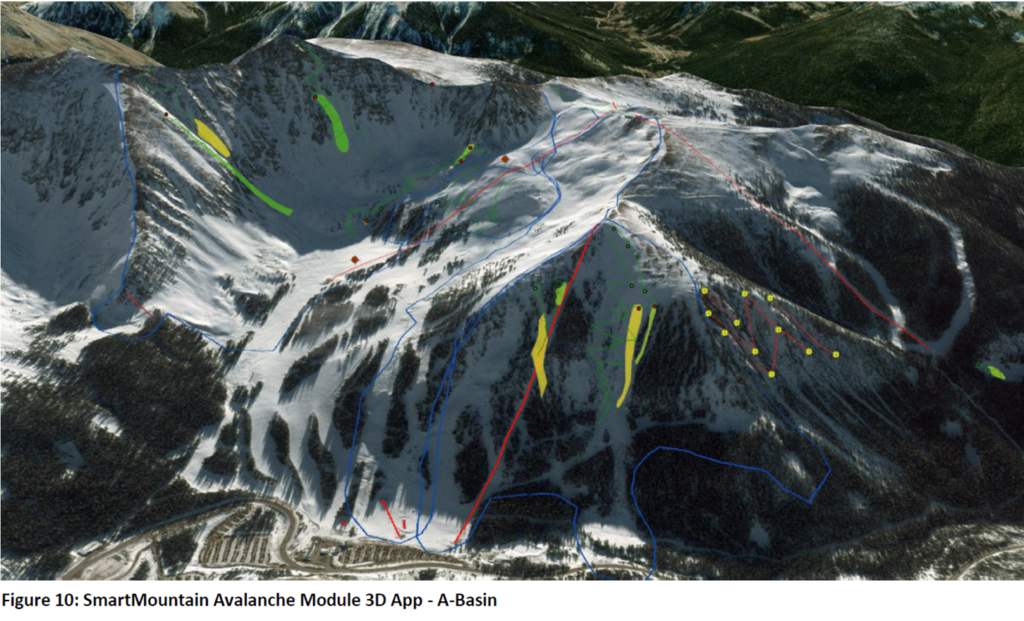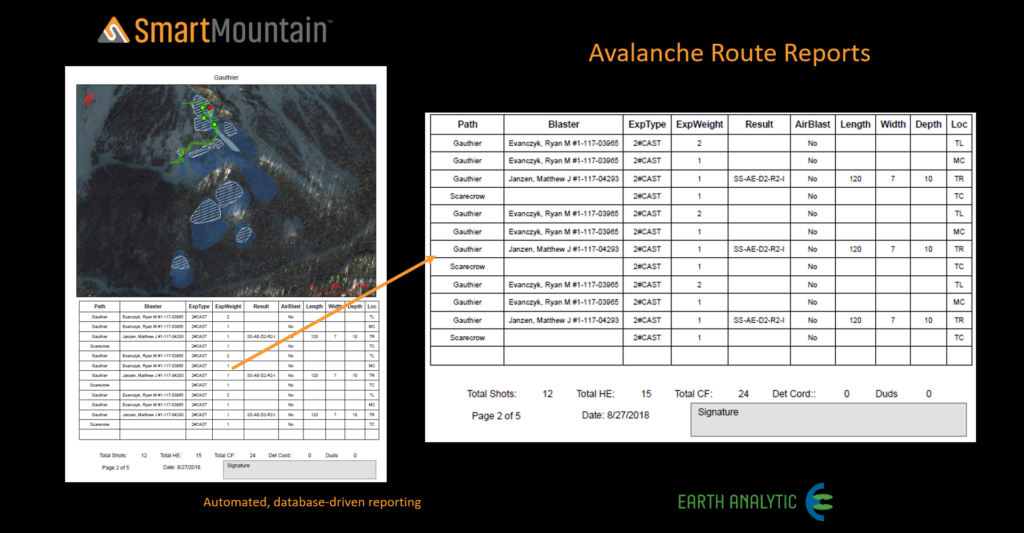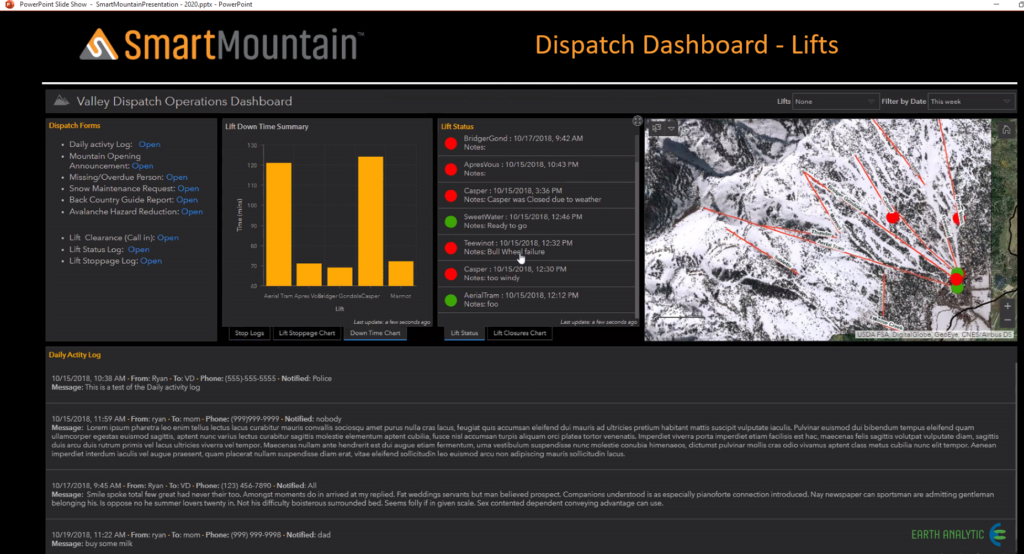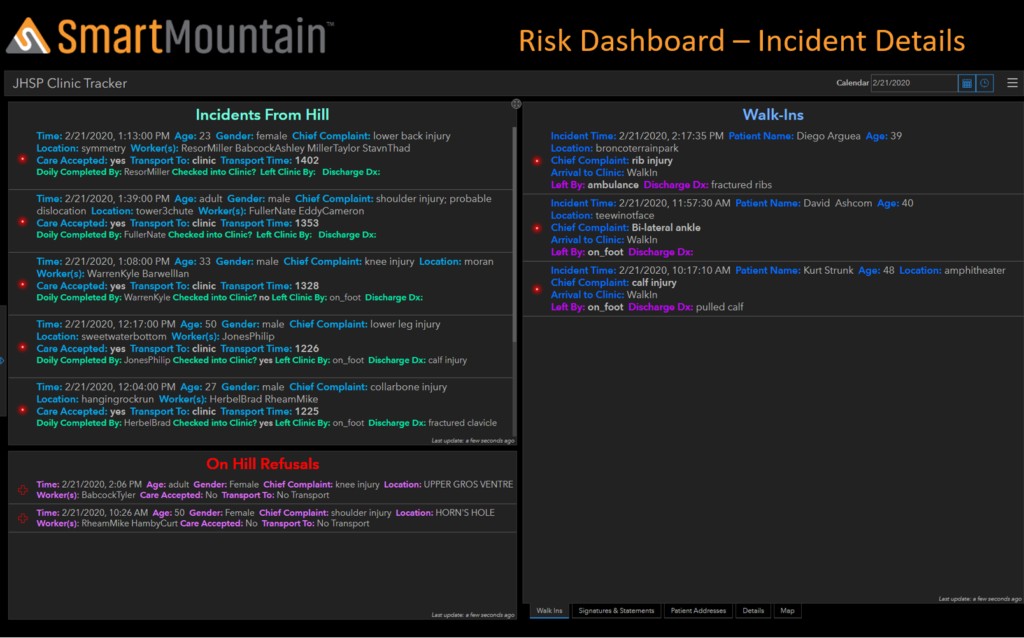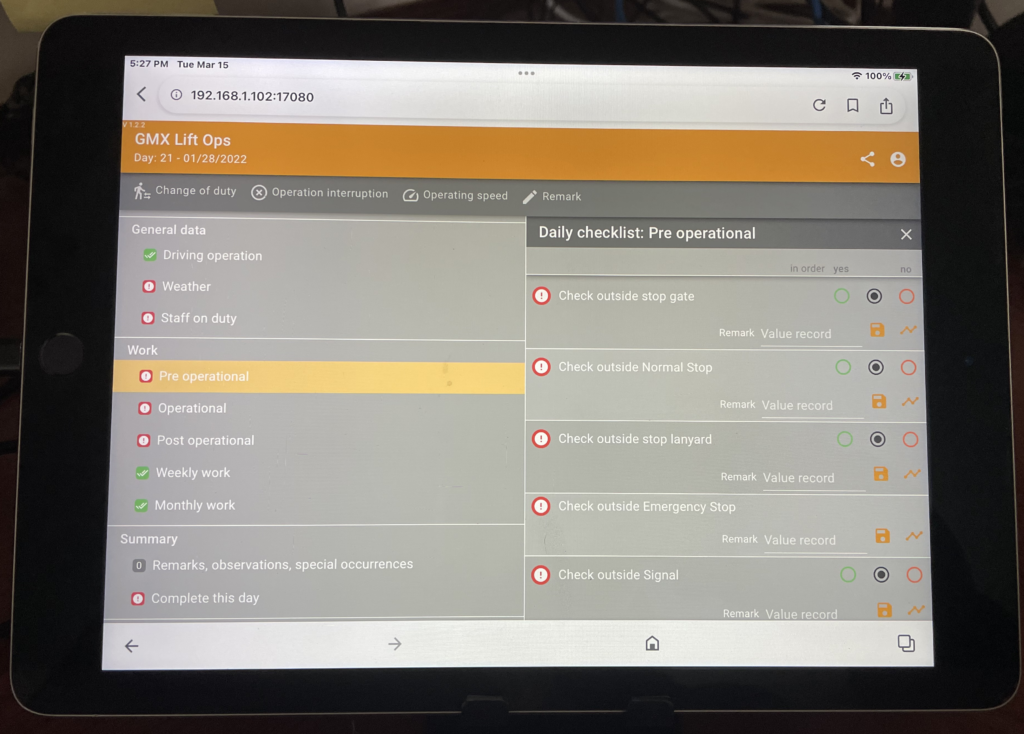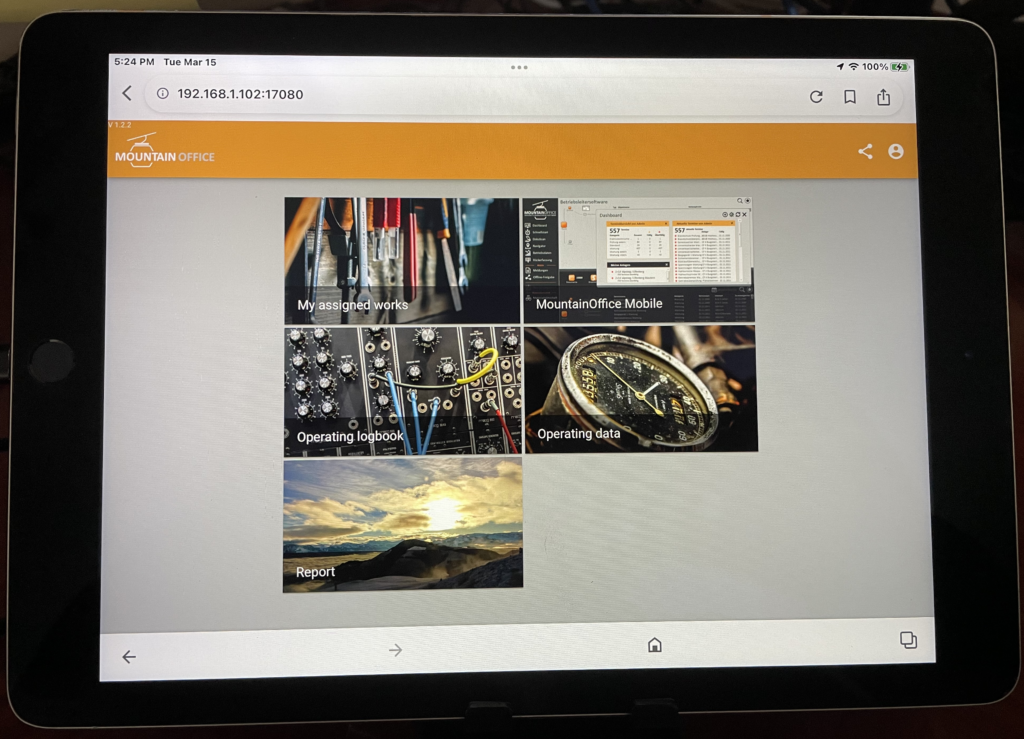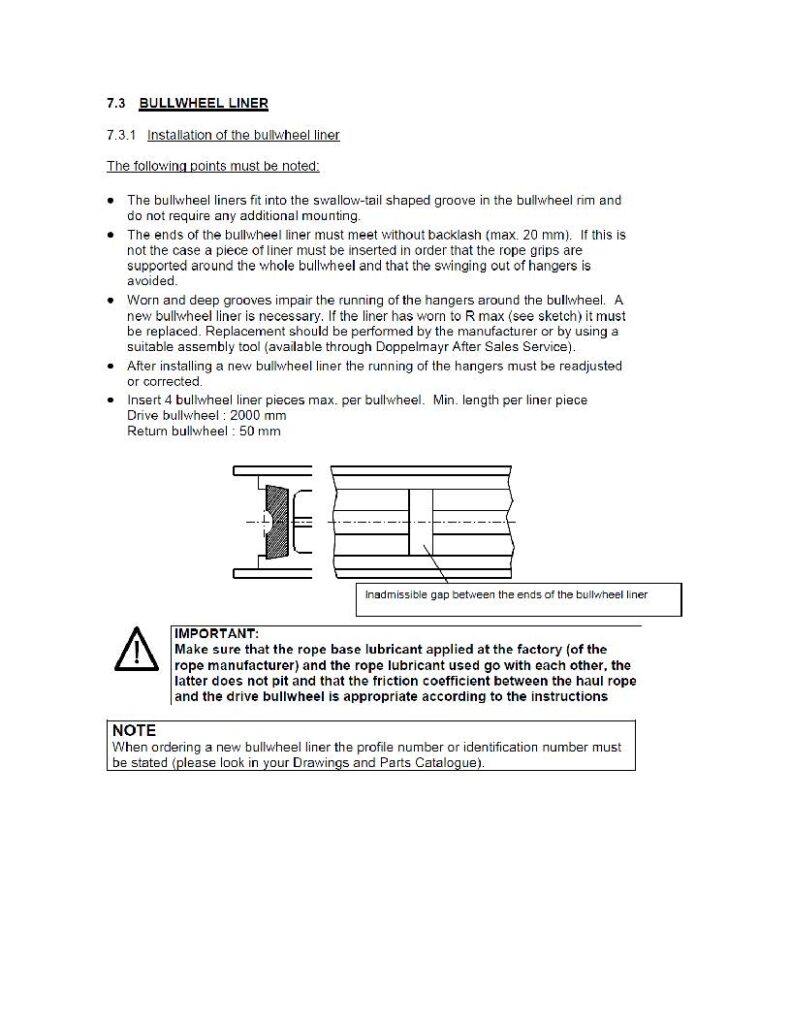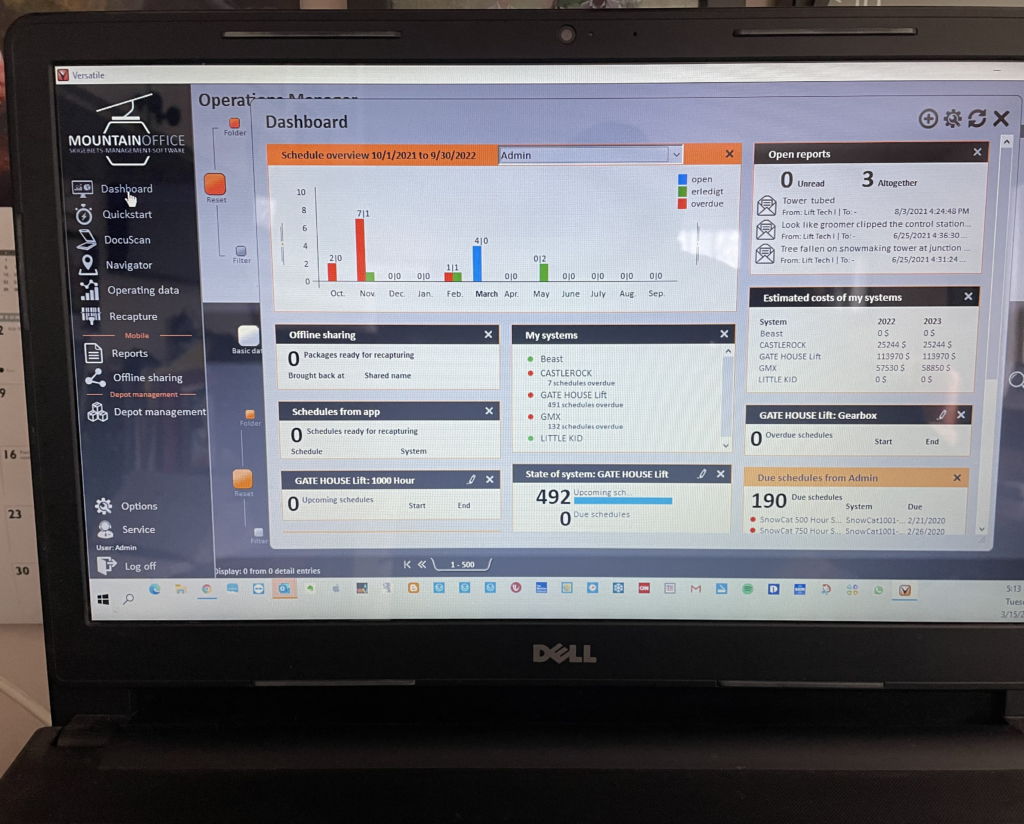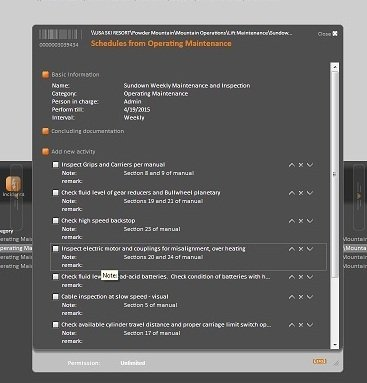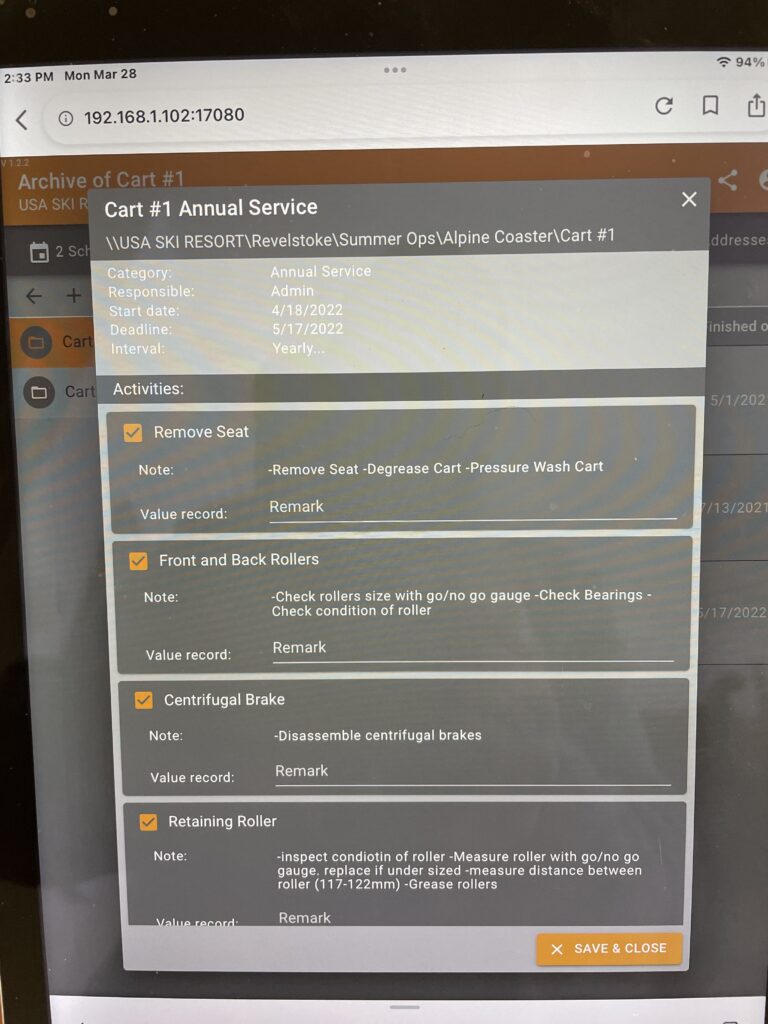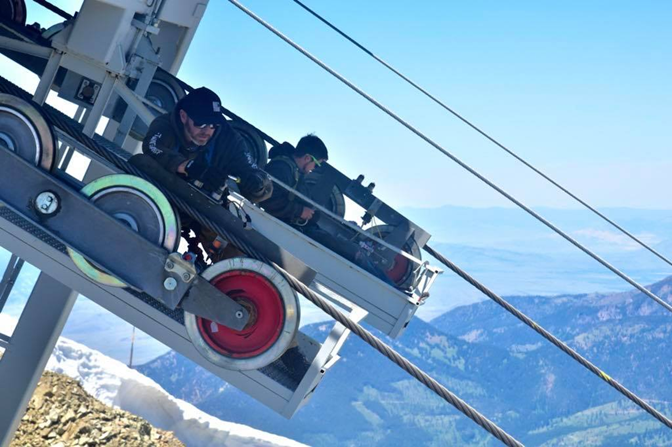
Last month, I listened to a podcast shared by the PNSAA executive director, Jordan Elliot, and I was blown away by what I learned.
The short story is Oregon State University, OSU, has secured substantial funding to fund The Center for the Outdoor Recreation Economy, CORE, led by Lee Davis. “The Center for the Outdoor Recreation Economy is delivering a new kind of workforce development to meet the unique needs of the vast, extremely entrepreneurial, and rapidly growing outdoor recreation industry.” Through Jordan’s and ski area leaders’ leadership and OSU’s desire to start a program, a Level 1 Lift Mechanic training program was developed. I have written about lift technician/mechanic training many times, but what I heard about and subsequently have seen is the future of training for the ski industry. In no way do I disparage any other existing programs; they are all good. My take is this is the first time this level of financial and human talent has been provided to build such a program. I encourage you to visit the CORE website and see the depth of human talent on the CORE team. Here’s an intro video.
With input from many discussions with ski area operators, Selkirk College, and the NSAA Lift Maintenance Resource Guide, the CORE team built an interactive and engaging training program, Ski LMT 1, for Level 1 lift maintenance mechanics/technicians. The program starts with the Basic, Chapter 1, through to Preventive Maintenance, Chapter 22, and then a final exam. Each Chapter requires the student to achieve an 80% on a quiz before moving on.
The OSU staff has allowed me to enroll in the course. I am presently through chapter 7, 32 separate lessons. I have found the course spot on in terms of subject and, most importantly, engaging and inviting.
An example of an interactive diagram from the Chapter on Sheave Assemblies.
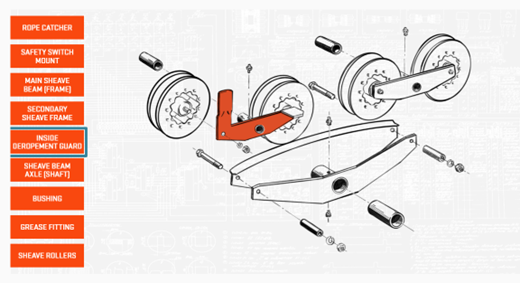
The visual design of the course material is very engaging. Diagrams such as the one above are interactive, allowing you to click through the different subject matter components. Others allow you to rotate the diagram to get a 360-degree view of the specific component.
Lessons may include audio of the material and often videos with a deeper view of how something works or a discussion with a ski area expert. The quality of both the videos and the audio reflects the high level of professionalism in the course.
To register for the course, you need to be employed by a ski area, and there needs to be a designated supervisor to oversee the student’s work. Currently, OSU and the CORE team are working on the requirements for the onsite supervision and the required work hours by the student by course chapter. The cost is $1,000 per student. Courses are in development for Level 2 and Level 3.
In my discussions with members of the CORE team, I get a sense of commitment and excitement in the desire to take what has been developed and continually improve the material and its delivery. The marriage of knowledge and expertise from lift maintenance technicians, e-learning, innovative multimedia experiences that increase user engagement and end-product effectiveness, and academic research is beyond what has been available for lift maintenance training to date. The knowledge of the CORE team and OSU developing a leadership course for the Outdoor Recreation industry and maybe even a ski area-specific leadership course also raises my excitement level. Having this level of professionalism available to the ski industry is enormous. I strongly encourage all ski areas to enroll their apprentices and level 1 mechanics in this course. No more excuses for not having great training available.
